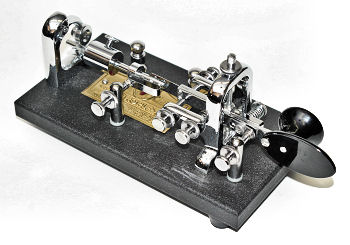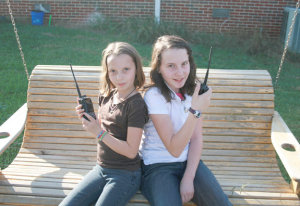In the News: Ham radio operator featured in Bermuda newspaper for service during Hurricane Gonzalo
John Stevens VP9NI, an amateur radio operator in Hamilton, Bermuda (where my wife was born!), was featured in The Royal Gazette (a Bermudian newspaper) for his service during Hurricane Gonzalo last month:
Canadian-born Bermuda resident John Stevens was the first to confirm to the NHC that Gonzalo had made landfall on the Island and his work was later credited by the centre.
His report, which included barometric pressure observations, made the 9pm AST Tropical Cyclone Update just after Gonzalo hit, and he continued to send regular reports after the storm had passed. As well as anecdotal information such as rainfall and wind direction, Mr Stevens was able to confirm to the NHC when the winds first reached hurricane force. He also told them when the eye of the storm landed and passed, and continued to deliver hourly check-ins. While Mr Stevens was not credited by name, there was an NHC report that credited a “Bermuda Amateur Radio operator with providing valuable information”.
Mr Stevens told The Royal Gazette: “When I got the confirmation I’d been mentioned in at least one of the updates from the National Hurricane Centre, I thought it was pretty cool. I thought I’d made a decent contribution despite having no [Belco (commercial)] power. There’s a bit of satisfaction and sense of accomplishment, I’d say.”
Also mentioned in the article were Craig Nikolai VP9NL of St. George’s Parish, Glen Cuoco VP9ID of St. George’s Parish, and Ed Kelly VP9GE of Hamilton, for their service during the hurricane.
(Published from DFW, Texas)


